The ultimate financial checklist for buying a home
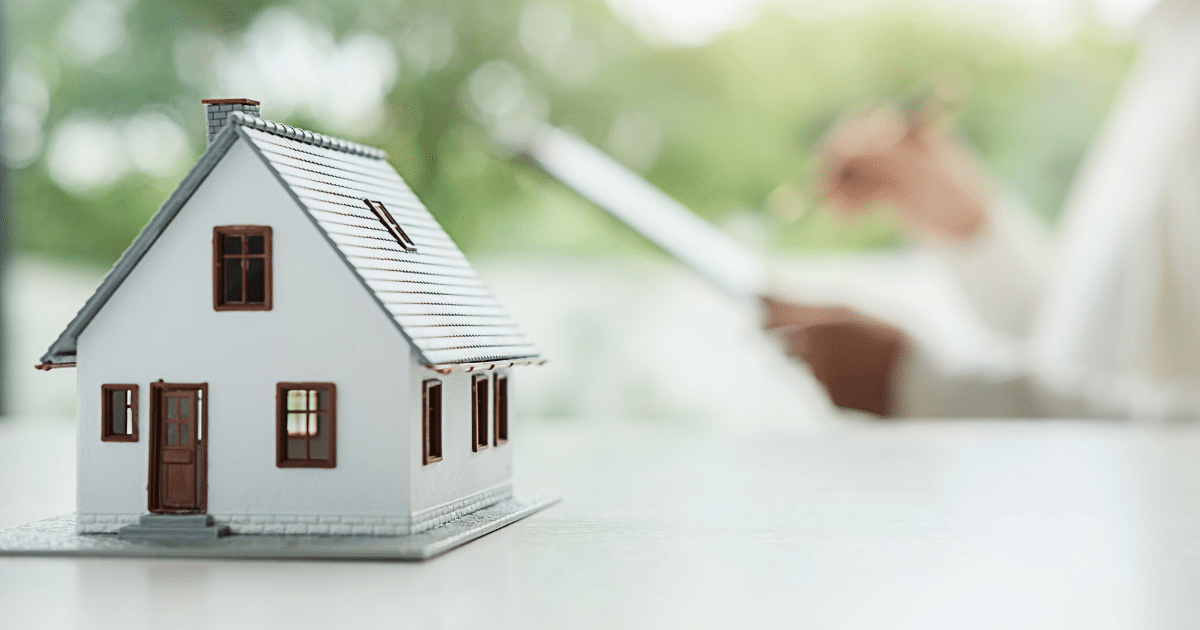
-
- A single person aged 50 or above
-
- A key worker in education, healthcare or other public services who is also a first home buyer
-
- 18 years of age
-
- A citizen of either Australia or New Zealand, or a permanent resident in Australia
Single applicants must have a total household income of less than $90,000. Couples must have a total household income of less than $120,000.
To be eligible for the scheme, applicants must purchase a home valued at less than $950,000 in Sydney and major regional areas, including Newcastle, Lake Macquarie, Central Coast, Illawarra and the North Coast of NSW. Properties must be less than $600,000 in all other regional areas.
Other requirements:
-
- You must have at least 2% deposit for the purchase of your home
-
- You need to occupy the property as your principal place of residence
-
- You cannot own any stake or interest in land in Australia or overseas at the time of purchase.
In order to qualify for the Shared Equity Scheme, you must show that you can’t pay a mortgage on your own without a contribution from the government.
This is tricky because you also need to show that you can service a loan with a contribution from the government i.e., you have enough financial stability to repay a loan at a reduced rate. You’ve got to love that red tape.
Also, you can’t nominate exactly how much you would like the government to contribute to your shared equity loan. This will be decided by the lender based on your financial situation.
And if your situation changes and you’re no longer eligible for the Shared Equity Scheme, you may need to begin repaying the government contribution to your property. In this case, Revenue NSW will work with you to create a plan and ensure you can fulfil this obligation.
What are the pros of the NSW Shared Equity Scheme?
The ability to purchase a home with a contribution of up to 40% is obviously one of the key advantages of the scheme. Plus, you won’t be required to make repayments on the government’s contribution to your property unless you’re no longer eligible.
What are the cons of the NSW Shared Equity Scheme?
Speaking of eligibility requirements, the NSW Shared Equity Scheme has some pretty tight ones. This includes a household income of less than $90,000 for singles and $120,000 for key workers, as well as a firm single status for parents of children 18 and under or singles 50 and over.
If you fail to meet this criteria for more than two consecutive review periods, you will be asked to begin repaying the government’s contribution to your home. This may mean switching to a higher rate loan and increased monthly payments, which could put you under financial stress.
Finally, all stamp duty and conveyancing fees are your responsibility as the purchaser. So, regardless of your equity stake in the property, you’re taking on 100% of the transfer costs.
Example of the Shared Equity Scheme in action
Meg, single mum of two kids aged 12 and 14
If Meg buys a new house in Sydney at the maximum price of $950,000 with a 40% contribution from the government, she would save $380,000 under the Shared Equity Scheme.
In order to be eligible, though, Meg would need to have a minimum 2% deposit of $19,000 and apply for a loan for the remaining $570,000.
Meg would also need to prepare for the fact that within six years, she will no longer meet the eligibility requirements as her children will both be over 18. When this time comes, she will need to begin repaying the loan.
NSW Shared Equity Scheme FAQs
Are shared equity mortgages a good idea?
They can be a way for single parents to get onto the property ladder but not all lenders offer shared equity mortgages, and depending on your perceived financial risk, you may find yourself taking on a higher interest rate.
The best way to combat this is to save as much as possible for a deposit and find a lender who won’t impose mortgage insurance or higher rates.
Is a first home buyer eligible for the Shared Equity Scheme?
Absolutely! In fact, taking advantage of first home buyer grants and concessions can reduce your upfront costs like stamp duty.
-
- A five bedroom home in the same city might cost $3M and will require a $600,000 deposit.
Other purchase costs include stamp duty and legal fees. These additional costs add a lot to the cost of purchasing your home.
If you don’t have the upfront cash for them, you may be able to roll them into your loan, but you may have to pay Lender’s Mortgage Insurance (LMI). LMI is an added upfront home purchase cost that can number in the thousands.
Some lenders will approve loans with as little as five percent deposit. However there are trade-offs for these offers. While a 20 percent deposit is standard in order to buy a house in Australia, you can access other options if you’re willing to do your research and work with a good broker.
Step 3: NSW Shared Equity Scheme
The Shared Equity Scheme is currently being trialled in NSW. It’s designed to help single parents, older singles, and key workers to buy their own home with a smaller deposit and without the need for lenders mortgage insurance.
Under the scheme, the NSW Government covers a percentage of your property purchase price, in return for an equal ownership share in your home. So basically, if the government puts in 10% of the purchase price, they’ll own 10% of your property’s value.
It means you could be able to get a loan with a minimum 2% deposit of your total home purchase price. This makes home ownership more accessible for lower income households in Australia.
How does the NSW Shared Equity Scheme work?
The Shared Equity Scheme is being offered to single parents with kids aged 18 or under. Under the scheme, the government will contribute up to 40% of the purchase price for a new home, and 30% for an older home in exchange for an equivalent share of the property.
The government’s involvement ensures that applicants are able to apply for a home loan with a minimum 2% deposit without paying LMI.
As long as your financial situation doesn’t change, you won’t be required to make repayments on the equity contribution or be charged interest.
What are the eligibility requirements for the NSW Shared Equity Scheme?
To be eligible for the Shared Equity Scheme you need to be:
-
- A single parent of one or more children under the age of 18
-
- A single person aged 50 or above
-
- A key worker in education, healthcare or other public services who is also a first home buyer
-
- 18 years of age
-
- A citizen of either Australia or New Zealand, or a permanent resident in Australia
Single applicants must have a total household income of less than $90,000. Couples must have a total household income of less than $120,000.
To be eligible for the scheme, applicants must purchase a home valued at less than $950,000 in Sydney and major regional areas, including Newcastle, Lake Macquarie, Central Coast, Illawarra and the North Coast of NSW. Properties must be less than $600,000 in all other regional areas.
Other requirements:
-
- You must have at least 2% deposit for the purchase of your home
-
- You need to occupy the property as your principal place of residence
-
- You cannot own any stake or interest in land in Australia or overseas at the time of purchase.
In order to qualify for the Shared Equity Scheme, you must show that you can’t pay a mortgage on your own without a contribution from the government.
This is tricky because you also need to show that you can service a loan with a contribution from the government i.e., you have enough financial stability to repay a loan at a reduced rate. You’ve got to love that red tape.
Also, you can’t nominate exactly how much you would like the government to contribute to your shared equity loan. This will be decided by the lender based on your financial situation.
And if your situation changes and you’re no longer eligible for the Shared Equity Scheme, you may need to begin repaying the government contribution to your property. In this case, Revenue NSW will work with you to create a plan and ensure you can fulfil this obligation.
What are the pros of the NSW Shared Equity Scheme?
The ability to purchase a home with a contribution of up to 40% is obviously one of the key advantages of the scheme. Plus, you won’t be required to make repayments on the government’s contribution to your property unless you’re no longer eligible.
What are the cons of the NSW Shared Equity Scheme?
Speaking of eligibility requirements, the NSW Shared Equity Scheme has some pretty tight ones. This includes a household income of less than $90,000 for singles and $120,000 for key workers, as well as a firm single status for parents of children 18 and under or singles 50 and over.
If you fail to meet this criteria for more than two consecutive review periods, you will be asked to begin repaying the government’s contribution to your home. This may mean switching to a higher rate loan and increased monthly payments, which could put you under financial stress.
Finally, all stamp duty and conveyancing fees are your responsibility as the purchaser. So, regardless of your equity stake in the property, you’re taking on 100% of the transfer costs.
Example of the Shared Equity Scheme in action
Meg, single mum of two kids aged 12 and 14
If Meg buys a new house in Sydney at the maximum price of $950,000 with a 40% contribution from the government, she would save $380,000 under the Shared Equity Scheme.
In order to be eligible, though, Meg would need to have a minimum 2% deposit of $19,000 and apply for a loan for the remaining $570,000.
Meg would also need to prepare for the fact that within six years, she will no longer meet the eligibility requirements as her children will both be over 18. When this time comes, she will need to begin repaying the loan.
NSW Shared Equity Scheme FAQs
Are shared equity mortgages a good idea?
They can be a way for single parents to get onto the property ladder but not all lenders offer shared equity mortgages, and depending on your perceived financial risk, you may find yourself taking on a higher interest rate.
The best way to combat this is to save as much as possible for a deposit and find a lender who won’t impose mortgage insurance or higher rates.
Is a first home buyer eligible for the Shared Equity Scheme?
Absolutely! In fact, taking advantage of first home buyer grants and concessions can reduce your upfront costs like stamp duty.
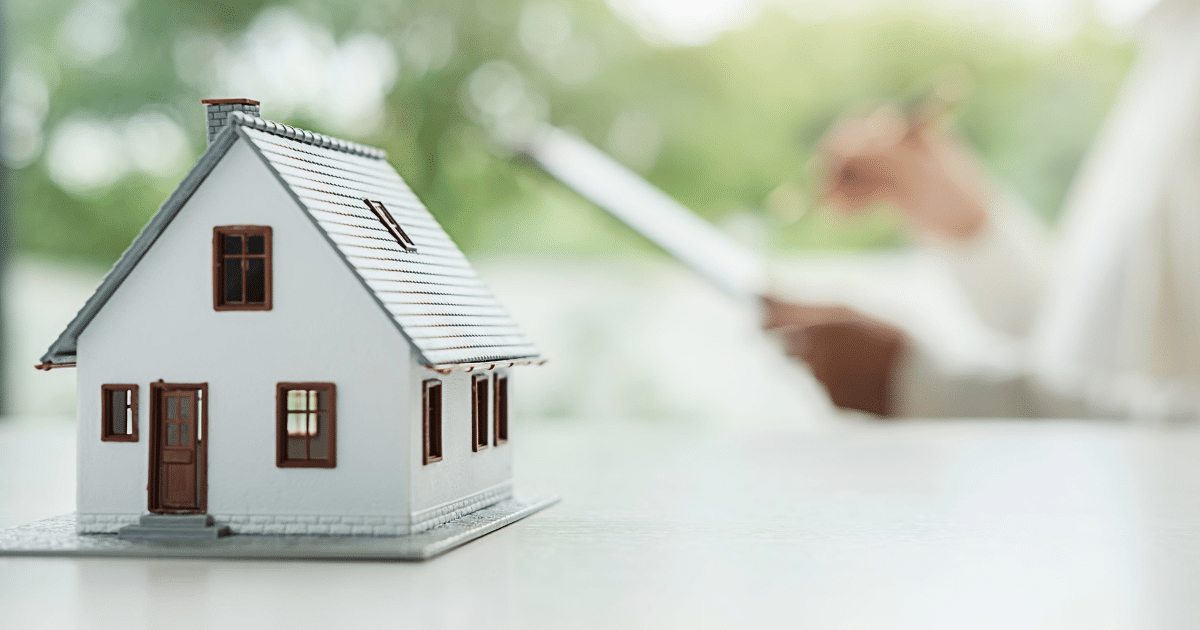
Buying a home in Australia can be an exciting – if expensive – step to take, especially if you’re a single parent. Owning your own place can offer stability for you and your family. But you’ll want to ensure you’re putting yourself in the best possible position to buy a property you can afford to pay off.
This guide offers you our best tips and information, so you’re in the best place to find a property that’s right for you.
What does the housing market look like in Australia in 2023?
Before buying a property, it’s really important to understand the current trends of the property market in Australia. At the time of writing – May 2023 – property prices have been dropping but are starting to stabilise and even rise again in some suburbs.
The rest of 2023 is a little uncertain and depends a lot on whether interest rates continue to rise or not. While variable rates have been moving steadily upwards, fixed rates – where you loan is fixed for a period of time – have started to come down. This gives you plenty of options, although the best thing that you can do is to speak to a mortgage broker. They’ll be able to help you figure out what you can afford.
All told, there’s plenty of opportunities for single parents to get on the property ladder. But first things first: how do you know if you can afford to buy?
Step 1: Your Income and Expenses
Your income is more than just your salary. Your bonuses, any interest earned by those maximiser accounts and even your child support income counts. Even that side hustle on Etsy will be counted by the lender.
On the other hand, credit card limits, Buy Now Pay Later accounts and even student debt will be assessed by the lender when they weigh up whether or not to offer you a loan.
A savvy mortgage broker helps present your income sources in the best possible light on a loan application. They’ll know what counts – and what doesn’t – for most lenders.
Step 2: Is your deposit ready?
Most lenders require a home loan deposit of 20 percent. Depending on the size, scale and location of your home, this can vary significantly.
For example:
-
- A studio or one bedroom flat which costs $500,000 will require a 20% deposit of $100,000.
-
- A five bedroom home in the same city might cost $3M and will require a $600,000 deposit.
Other purchase costs include stamp duty and legal fees. These additional costs add a lot to the cost of purchasing your home.
If you don’t have the upfront cash for them, you may be able to roll them into your loan, but you may have to pay Lender’s Mortgage Insurance (LMI). LMI is an added upfront home purchase cost that can number in the thousands.
Some lenders will approve loans with as little as five percent deposit. However there are trade-offs for these offers. While a 20 percent deposit is standard in order to buy a house in Australia, you can access other options if you’re willing to do your research and work with a good broker.
Step 3: NSW Shared Equity Scheme
The Shared Equity Scheme is currently being trialled in NSW. It’s designed to help single parents, older singles, and key workers to buy their own home with a smaller deposit and without the need for lenders mortgage insurance.
Under the scheme, the NSW Government covers a percentage of your property purchase price, in return for an equal ownership share in your home. So basically, if the government puts in 10% of the purchase price, they’ll own 10% of your property’s value.
It means you could be able to get a loan with a minimum 2% deposit of your total home purchase price. This makes home ownership more accessible for lower income households in Australia.
How does the NSW Shared Equity Scheme work?
The Shared Equity Scheme is being offered to single parents with kids aged 18 or under. Under the scheme, the government will contribute up to 40% of the purchase price for a new home, and 30% for an older home in exchange for an equivalent share of the property.
The government’s involvement ensures that applicants are able to apply for a home loan with a minimum 2% deposit without paying LMI.
As long as your financial situation doesn’t change, you won’t be required to make repayments on the equity contribution or be charged interest.
What are the eligibility requirements for the NSW Shared Equity Scheme?
To be eligible for the Shared Equity Scheme you need to be:
-
- A single parent of one or more children under the age of 18
-
- A single person aged 50 or above
-
- A key worker in education, healthcare or other public services who is also a first home buyer
-
- 18 years of age
-
- A citizen of either Australia or New Zealand, or a permanent resident in Australia
Single applicants must have a total household income of less than $90,000. Couples must have a total household income of less than $120,000.
To be eligible for the scheme, applicants must purchase a home valued at less than $950,000 in Sydney and major regional areas, including Newcastle, Lake Macquarie, Central Coast, Illawarra and the North Coast of NSW. Properties must be less than $600,000 in all other regional areas.
Other requirements:
-
- You must have at least 2% deposit for the purchase of your home
-
- You need to occupy the property as your principal place of residence
-
- You cannot own any stake or interest in land in Australia or overseas at the time of purchase.
In order to qualify for the Shared Equity Scheme, you must show that you can’t pay a mortgage on your own without a contribution from the government.
This is tricky because you also need to show that you can service a loan with a contribution from the government i.e., you have enough financial stability to repay a loan at a reduced rate. You’ve got to love that red tape.
Also, you can’t nominate exactly how much you would like the government to contribute to your shared equity loan. This will be decided by the lender based on your financial situation.
And if your situation changes and you’re no longer eligible for the Shared Equity Scheme, you may need to begin repaying the government contribution to your property. In this case, Revenue NSW will work with you to create a plan and ensure you can fulfil this obligation.
What are the pros of the NSW Shared Equity Scheme?
The ability to purchase a home with a contribution of up to 40% is obviously one of the key advantages of the scheme. Plus, you won’t be required to make repayments on the government’s contribution to your property unless you’re no longer eligible.
What are the cons of the NSW Shared Equity Scheme?
Speaking of eligibility requirements, the NSW Shared Equity Scheme has some pretty tight ones. This includes a household income of less than $90,000 for singles and $120,000 for key workers, as well as a firm single status for parents of children 18 and under or singles 50 and over.
If you fail to meet this criteria for more than two consecutive review periods, you will be asked to begin repaying the government’s contribution to your home. This may mean switching to a higher rate loan and increased monthly payments, which could put you under financial stress.
Finally, all stamp duty and conveyancing fees are your responsibility as the purchaser. So, regardless of your equity stake in the property, you’re taking on 100% of the transfer costs.
Example of the Shared Equity Scheme in action
Meg, single mum of two kids aged 12 and 14
If Meg buys a new house in Sydney at the maximum price of $950,000 with a 40% contribution from the government, she would save $380,000 under the Shared Equity Scheme.
In order to be eligible, though, Meg would need to have a minimum 2% deposit of $19,000 and apply for a loan for the remaining $570,000.
Meg would also need to prepare for the fact that within six years, she will no longer meet the eligibility requirements as her children will both be over 18. When this time comes, she will need to begin repaying the loan.
NSW Shared Equity Scheme FAQs
Are shared equity mortgages a good idea?
They can be a way for single parents to get onto the property ladder but not all lenders offer shared equity mortgages, and depending on your perceived financial risk, you may find yourself taking on a higher interest rate.
The best way to combat this is to save as much as possible for a deposit and find a lender who won’t impose mortgage insurance or higher rates.
Is a first home buyer eligible for the Shared Equity Scheme?
Absolutely! In fact, taking advantage of first home buyer grants and concessions can reduce your upfront costs like stamp duty.

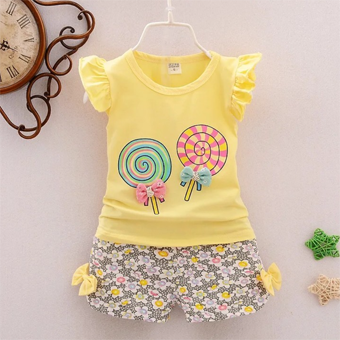

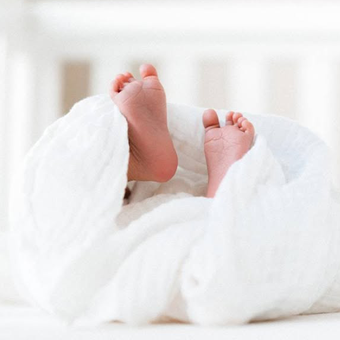

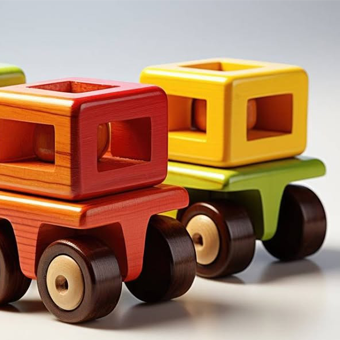










Leave a comment